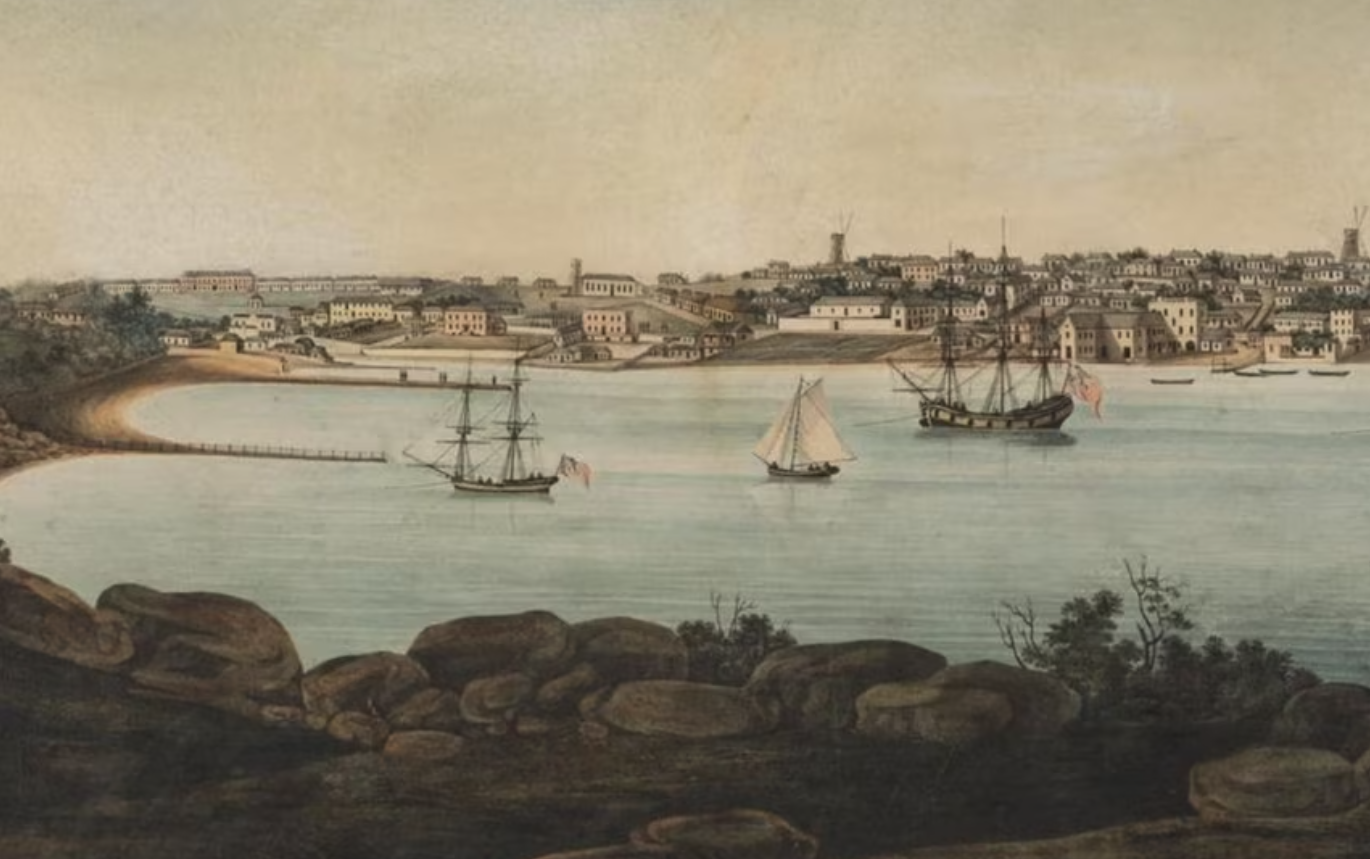Lady Nelson-all-female crew celebrate women's contribution to sailing
From Our ABC by Sophie Jaggers
Lady Nelson master Astrid Wilson has sailed on the replica brig for most of her life. She said she has been dreaming of this day, the first time an all-female crew has sailed the vessel, since she was 14. "It's really special. It's been a long time coming and it means the world. It really shows how society has changed," she said.
On International Women's Day on Saturday, a crew of 10 women and 30 female passengers sailed on Hobart's River Derwent to pay tribute to the contribution of women throughout maritime history. Lady Nelson engineer Clare Darling wants to turn the tide on a common perception that sailing is "men's business".
"The history of maritime [sailing] is very male, and a lot of people see boats as men's business. It's not men's business," she said.
"Way back, there were female pirates. So why not have an all-women crew? We're capable. We can do it ourselves."
A diverse crew
The ship's crew are all volunteers, aged between 16 and 70 years old, with a range of sailing experience. Ada Okenyo, 16, is one of the youngest. She joined the crew after a day sailing trip with her scout group. "Just being able to learn everything is just truly amazing," she said. "We all see pirate ships and think that it's so far-fetched, but it's right here in Tasmania, in my hometown."
For Ms Darling, who had been working in the women's health sector, joining the Lady Nelson crew four years ago inspired her to retrain as a maritime engineer. "I've worked in various forms of women's health all my life, and I wanted to do something that was completely different that was still volunteering in a useful way, but that was fun for me as well," she said. "It was completely different from doing women's health promotion to learning how to fix a diesel engine."
Parallels with the past
The original Lady Nelson brig, built near London in 1798, brought the first European settlers to Tasmania. The ship played a pivotal role in the British settlement of Hobart and northern Tasmania, and operated until 1825; when she was attacked and plundered by local islanders, her crew murdered, with the ship destroyed by fire near Timor.
The Lady Nelson was the first British colonial ship to enter Hobart's port and served a variety of roles including exploration, forming settlements, moving goods and people, and even capturing pirates.
An estimated 5,000 and 7,000 people travelled on the original vessel across her 25-year working life, at a time when the European population of Sydney was about 10,000. The boat's historian, Malcolm Riley, said between 15 to 20 per cent of Tasmanian women today may have an ancestor who journeyed on the Lady Nelson. Ms Wilson said the opportunity to sail on International Women's Day was "really nice to be able to do it for the women of our past. A lot of [the original passengers] would have been free women or convicts, so it's a very different role these days, because we are in charge, and we're part of the committees," she said. "We're part of an organisation where we're equal, as opposed to back then. They never thought that this would have been an opportunity."
The replica, built in Woodbridge near Hobart from was launched in 1988 — the year of the Australian Bicentenary — with construction beginning in 1986.
The Lady Nelson depicted in Sydney Cove. (Supplied: State Library of New South Wales)

